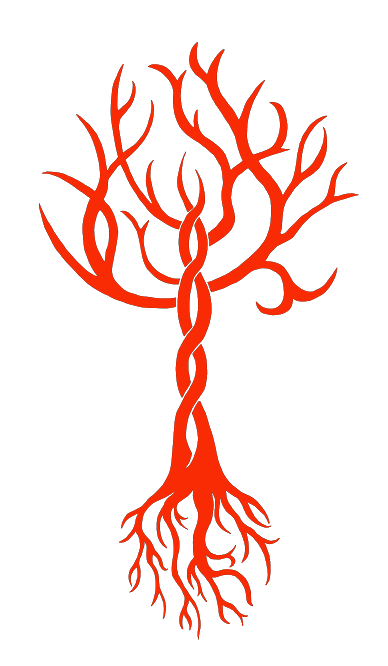Team:Yale/modeling
<!DOCTYPE html>
Developing a Framework for the Genetic Manipulation of Non-Model and Environmentally Significant Microbes
Modeling
Even NonModels need some testing.
Introduction to Modeling
Advanced Computational Modeling
Maybe explain a little bit what's going on before diving into the deep details.
Biofilm formation on surfaces is an issue in the medical field, naval industry, and other areas. We developed an anti-fouling peptide with two modular components: a mussel adhesion protein (MAP) anchor and LL-37, an antimicrobial peptide. MAPs can selectively attach to metal and organic surfaces via L-3,5-dihydroxyphenylalanine (L-DOPA), a nonstandard amino acid that was incorporated using a genetically recoded organism (GRO). Because this peptide is toxic to the GRO in which it is produced, we designed a better controlled inducible system that limits basal expression. This was achieved through a novel T7 riboregulation system that controls expression at both the transcriptional and translational levels.
Biofilm formation on surfaces is an issue in the medical field, naval industry, and other areas. We developed an anti-fouling peptide with two modular components: a mussel adhesion protein (MAP) anchor and LL-37, an antimicrobial peptide. MAPs can selectively attach to metal and organic surfaces via L-3,5-dihydroxyphenylalanine (L-DOPA), a nonstandard amino acid that was incorporated using a genetically recoded organism (GRO). Because this peptide is toxic to the GRO in which it is produced, we designed a better controlled inducible system that limits basal expression. This was achieved through a novel T7 riboregulation system that controls expression at both the transcriptional and translational levels.
MAGEMaster
Reduced drag by 70%
Biofilm formation on surfaces is an issue in the medical field, naval industry, and other areas. We developed an anti-fouling peptide with two modular components: a mussel adhesion protein (MAP) anchor and LL-37, an antimicrobial peptide. MAPs can selectively attach to metal and organic surfaces via L-3,5-dihydroxyphenylalanine (L-DOPA), a nonstandard amino acid that was incorporated using a genetically recoded organism (GRO). Because this peptide is toxic to the GRO in which it is produced, we designed a better controlled inducible system that limits basal expression. This was achieved through a novel T7 riboregulation system that controls expression at both the transcriptional and translational levels.
PCR Mutation Predictor
Forecasting Negative Results
Biofilm formation on surfaces is an issue in the medical field, naval industry, and other areas. We developed an anti-fouling peptide with two modular components: a mussel adhesion protein (MAP) anchor and LL-37, an antimicrobial peptide. MAPs can selectively attach to metal and organic surfaces via L-3,5-dihydroxyphenylalanine (L-DOPA), a nonstandard amino acid that was incorporated using a genetically recoded organism (GRO). Because this peptide is toxic to the GRO in which it is produced, we designed a better controlled inducible system that limits basal expression. This was achieved through a novel T7 riboregulation system that controls expression at both the transcriptional and translational levels.
Biofilm formation on surfaces is an issue in the medical field, naval industry, and other areas. We developed an anti-fouling peptide with two modular components: a mussel adhesion protein (MAP) anchor and LL-37, an antimicrobial peptide. MAPs can selectively attach to metal and organic surfaces via L-3,5-dihydroxyphenylalanine (L-DOPA), a nonstandard amino acid that was incorporated using a genetically recoded organism (GRO). Because this peptide is toxic to the GRO in which it is produced, we designed a better controlled inducible system that limits basal expression. This was achieved through a novel T7 riboregulation system that controls expression at both the transcriptional and translational levels.
Biofilm formation on surfaces is an issue in the medical field, naval industry, and other areas. We developed an anti-fouling peptide with two modular components: a mussel adhesion protein (MAP) anchor and LL-37, an antimicrobial peptide. MAPs can selectively attach to metal and organic surfaces via L-3,5-dihydroxyphenylalanine (L-DOPA), a nonstandard amino acid that was incorporated using a genetically recoded organism (GRO). Because this peptide is toxic to the GRO in which it is produced, we designed a better controlled inducible system that limits basal expression. This was achieved through a novel T7 riboregulation system that controls expression at both the transcriptional and translational levels.
PCC 7002 Doubling Time Predictor
You won't believe what happened next.
Biofilm formation on surfaces is an issue in the medical field, naval industry, and other areas. We developed an anti-fouling peptide with two modular components: a mussel adhesion protein (MAP) anchor and LL-37, an antimicrobial peptide. MAPs can selectively attach to metal and organic surfaces via L-3,5-dihydroxyphenylalanine (L-DOPA), a nonstandard amino acid that was incorporated using a genetically recoded organism (GRO). Because this peptide is toxic to the GRO in which it is produced, we designed a better controlled inducible system that limits basal expression. This was achieved through a novel T7 riboregulation system that controls expression at both the transcriptional and translational levels.

